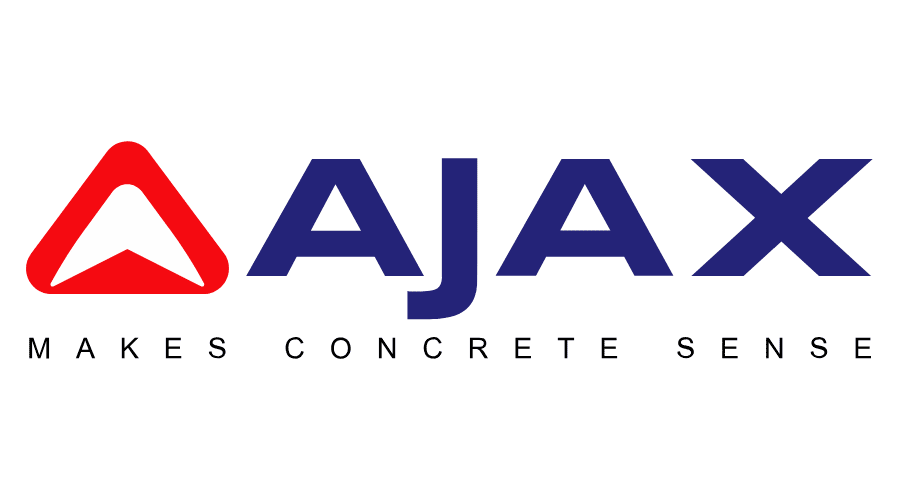
₹ 14467
₹599- ₹629
23
₹574
-8

12 Feb 2025
14 Feb 2025
17 Feb 2025
Application Details
The Ajax Engineering IPO is set to open for subscription from February 10, 2025, to February 12, 2025. The IPO comes with a face value of ₹1 per share and a price band ranging from ₹599 to ₹629 per share. Investors can bid in lots of 23 shares, with a total issue size of 2,01,80,446 shares, aggregating up to ₹1,269.35 crore. This is a complete Offer for Sale (OFS) of 2,01,80,446 shares, with an employee discount of ₹59 per share. The IPO will be listed on both BSE and NSE.
The important dates for the IPO include the basis of allotment on February 13, 2025, followed by the initiation of refunds and credit of shares to demat accounts on February 14, 2025. The shares are scheduled to be listed on February 17, 2025.
Retail investors can apply for a minimum of one lot (23 shares) at ₹14,467 and a maximum of 13 lots (299 shares) at ₹1,88,071. Small High Net-Worth Individuals (S-HNIs) can bid for a minimum of 14 lots (322 shares) at ₹2,02,538 and a maximum of 69 lots (1,587 shares) at ₹9,98,223. Large High Net-Worth Individuals (B-HNIs) must apply for at least 70 lots (1,610 shares) at ₹10,12,690.
About Ajax Engineering Limited
Company Overview
Incorporated in July 1992, Ajax Engineering Limited is a leading manufacturer of concrete equipment, offering a comprehensive range of products and services across the concrete application value chain. Over the past decade, the company has sold more than 29,800 units across India.
Manufacturing & Workforce
As of September 30, 2024, Ajax Engineering operates four manufacturing facilities in Karnataka—Obadenahalli, Gowribidanur, and Bashettihalli—each specializing in different concrete equipment. The company has a dedicated design, engineering, and development team of 79 full-time employees, accounting for 15.96% of its total workforce.
Product Portfolio
Ajax Engineering provides a diverse range of concrete equipment, including:
- Self-loading concrete mixers (SLCMs) – A market-leading product category
- Batching plants – For concrete production
- Transit mixers – For concrete transportation
- Boom pumps & concrete pumps – For concrete placement
- Self-propelled boom pumps – Enhancing mobility in concrete placement
- Slip-form pavers – Used in large-scale infrastructure projects
- 3D concrete printers – First commercialized in-house in 2023
FAQ
IPO stands for "Initial Public Offering." It's the process through which a privately-held company becomes publicly traded by offering its shares to the general public and listing them on a stock exchange for trading. This allows the company to raise capital from investors and grants individuals and institutions the opportunity to invest in and own a portion of the company.
The life cycle of an IPO, or Initial Public Offering, begins with a company's decision to go public. It involves hiring underwriters, registering with regulatory authorities, determining the IPO price, marketing to investors, and the subscription period where investors place orders for shares. After allocation and listing, shares become publicly tradable, and the company enters the secondary market. Ongoing reporting and corporate governance are crucial as the company continues to operate as a publicly-traded entity. The IPO aims to raise capital for growth and provides investors with opportunities to trade shares in the company.
An IPO (Initial Public Offering) is when a private company goes public by selling shares to the public. Investors buy these shares, giving them ownership in the company. It's a way for companies to raise capital and expand. The process involves underwriters, regulatory filings, setting the IPO price, and marketing to investors. After the IPO, shares can be traded on a stock exchange. IPOs offer opportunities and risks, so investors should research and consider carefully.
"Upcoming IPOs" refers to initial public offerings that have been announced by private companies but have not yet occurred. These are companies that plan to go public in the near future by issuing shares to the public and listing them on a stock exchange. Investors often keep an eye on upcoming IPOs as they represent opportunities to invest in companies at their early stages of public trading, potentially capturing growth potential. These offerings are typically accompanied by significant media and investor attention as they approach their launch dates.
 Download
Download